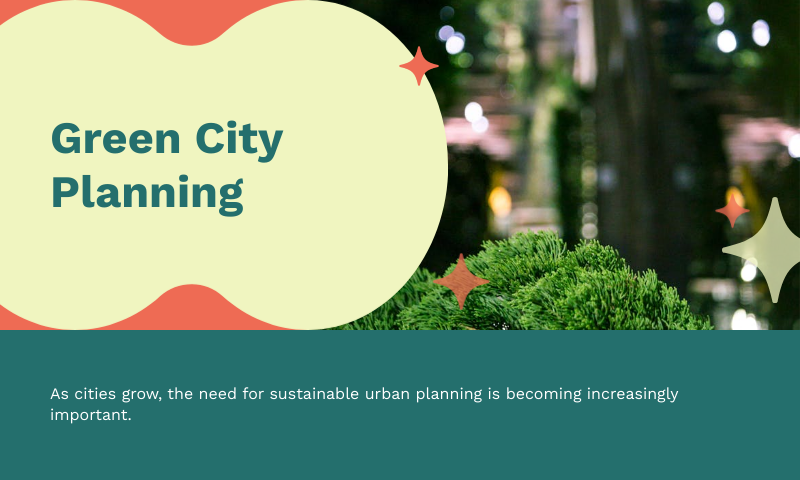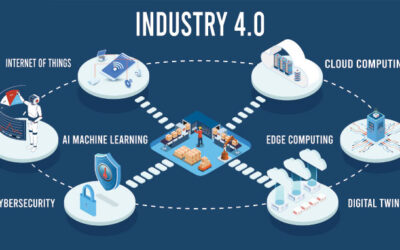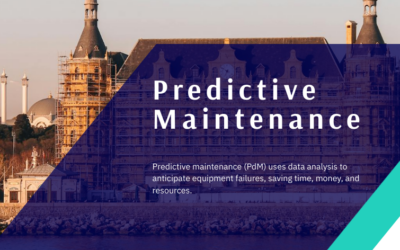As the world’s population continues to urbanize, cities have become both the epicenters of economic growth and the front lines of environmental challenges. With over 56% of the global population residing in urban areas—a number projected to rise to 68% by 2050—the need for sustainable urban planning has never been more urgent. Building green cities is no longer a luxury or trend; it’s a necessity.
Sustainable urban planning encompasses a broad spectrum of strategies aimed at reducing environmental impact, improving quality of life, and fostering resilient infrastructure. This comprehensive approach involves the careful integration of green architecture, efficient public transportation, renewable energy systems, and the preservation of natural ecosystems within urban environments.
What Is a Green City?
A green city is an urban area that prioritizes environmental sustainability, social inclusivity, and economic viability. These cities employ smart land-use planning, reduce greenhouse gas emissions, encourage active transportation, and implement renewable energy solutions.
Core characteristics of green cities include:
- Abundant green spaces and urban forests
- Energy-efficient buildings
- Integrated public transportation systems
- Effective waste management and recycling
- Resilient infrastructure to withstand climate change
Principles of Sustainable Urban Planning
Sustainable urban planning rests on several foundational principles that guide development toward long-term sustainability:
1. Mixed-Use Development
Combining residential, commercial, and recreational areas within the same neighborhoods reduces reliance on vehicles, fosters community interaction, and promotes walkability.
2. Transit-Oriented Development (TOD)
Focusing urban growth around public transit hubs ensures accessibility, reduces traffic congestion, and cuts emissions from personal vehicles.
3. Green Infrastructure
Implementing solutions like green roofs, bioswales, and permeable pavements helps manage stormwater, reduce urban heat islands, and improve air quality.
4. Smart Growth
Smart growth encourages compact, efficient land use, infill development, and redevelopment of existing urban areas rather than expanding into undeveloped land.
5. Resilience and Adaptability
Cities must be built to adapt to climate-related risks—like flooding, heatwaves, and sea-level rise—through sustainable materials, adaptive designs, and disaster planning.
Urban Mobility: Redefining How We Move
One of the cornerstones of sustainable urban planning is transforming urban mobility. Traditional city layouts prioritize cars, but future-focused cities are shifting toward:
- Public Transit: Buses, trams, and metros powered by clean energy reduce traffic and pollution.
- Cycling Infrastructure: Protected bike lanes and bike-sharing systems promote zero-emission travel.
- Pedestrian Zones: Walkable streets enhance accessibility and reduce dependency on cars.
- Mobility-as-a-Service (MaaS): Integrated digital platforms offering real-time access to various transportation modes improve efficiency and convenience.
Green Architecture and Building Innovations
Green architecture is the backbone of eco-friendly urban environments. It emphasizes energy efficiency, resource conservation, and occupant health. Sustainable buildings are no longer fringe innovations—they are rapidly becoming the norm in cities aiming to curb emissions and improve livability.
Key Elements of Green Building Design
- Energy Efficiency: Utilizing passive solar design, high-performance insulation, and smart HVAC systems to reduce energy demand.
- Renewable Energy Integration: Solar panels, geothermal systems, and wind turbines integrated into building designs reduce reliance on fossil fuels.
- Sustainable Materials: Recycled steel, bamboo, reclaimed wood, and low-VOC paints minimize environmental footprint and improve indoor air quality.
- Water Conservation: Greywater recycling systems and low-flow fixtures help manage water usage responsibly.
- Smart Technologies: IoT-enabled systems for lighting, temperature, and security enhance building efficiency and reduce operational costs.
These innovations are often featured in certifications such as LEED (Leadership in Energy and Environmental Design) and BREEAM (Building Research Establishment Environmental Assessment Method), which recognize buildings that meet high environmental and performance standards.
Urban Green Spaces: Lungs of the City
Parks, green roofs, urban forests, and community gardens are essential to sustainable urban living. These green spaces do more than beautify—they provide real environmental, psychological, and social benefits.
Benefits of Urban Green Spaces
- Air Quality Improvement: Trees filter pollutants and provide oxygen.
- Temperature Regulation: Vegetation mitigates the urban heat island effect.
- Stormwater Management: Green spaces absorb rainwater, reducing runoff and flood risk.
- Biodiversity Support: Green areas offer habitats for various species, supporting ecological balance.
- Mental Health Boost: Access to nature reduces stress and promotes well-being.
Cities like Singapore and Copenhagen have become pioneers in integrating nature with the urban landscape, setting global benchmarks for green urbanism.
Waste Management and Circular Economy
Sustainable cities must also rethink waste. Traditional models of “take, make, dispose” are replaced by circular economy strategies, where waste is minimized, and resources are reused or recycled.
Core Waste Management Strategies
- Composting: Reduces landfill waste and generates nutrient-rich soil.
- Recycling Infrastructure: Widely accessible and easy-to-use recycling systems boost participation rates.
- Upcycling and Reuse: Encouraging creative reuse reduces demand for new resources.
- Zero Waste Initiatives: Cities like San Francisco aim to divert 100% of waste from landfills through robust policies and education.
Role of Technology
Smart bins, waste tracking apps, and AI-driven sorting systems are making waste management more efficient and transparent.
Next, I’ll continue with Renewable Energy and Smart Grids in Urban Planning and more sections to complete the full 2500+ word post.
Renewable Energy and Smart Grids in Urban Planning
A green city cannot exist without clean, reliable energy. Renewable energy integration within urban planning is crucial for reducing carbon footprints and enhancing energy independence.
Urban Renewable Energy Sources
- Solar Power: Rooftop panels and solar farms in underutilized urban areas supply clean electricity.
- Wind Energy: Urban wind turbines and microturbines contribute to the local grid in high-rise zones.
- Geothermal Systems: Used for both heating and cooling, particularly in large building complexes.
- Waste-to-Energy Plants: Convert municipal waste into usable electricity or heat, reducing landfill use.
Smart Grids
Smart grids use digital communication technologies to detect and react to local changes in usage. They optimize energy distribution, reduce outages, and facilitate the use of renewables.
Benefits include:
- Real-time energy consumption data for users and providers
- Automated demand-response management
- Integration of distributed renewable sources
- Reduced transmission losses
These systems are essential for building resilient cities that can adapt to both climate shocks and increased energy demands.
Community-Centric Planning and Equity
True sustainability goes beyond environmental impact—it includes social equity and community participation. Green cities must work for everyone, not just the affluent.
Key Community Considerations
- Affordable Housing: Eco-friendly developments should include housing that is accessible to low-income families.
- Access to Services: Public services like healthcare, education, and recreation must be reachable via sustainable transit.
- Cultural Preservation: Development should respect local cultures and identities, integrating them into urban design.
- Public Participation: Involving citizens in planning fosters ownership, trust, and better implementation of policies.
Community engagement in planning processes ensures that green transitions are inclusive and equitable.
Challenges in Implementing Sustainable Urban Planning
While the benefits of green cities are clear, implementing sustainable urban planning is not without obstacles. From political resistance to financial constraints, cities face several challenges on their journey to sustainability.
Common Barriers
- High Initial Costs: Sustainable infrastructure often requires significant upfront investment, which can deter public and private stakeholders.
- Policy and Regulation Gaps: Lack of cohesive national and local policies can hinder progress.
- Resistance to Change: Urban redevelopment can face pushback from communities wary of gentrification or disruptions.
- Technological Limitations: Not all cities have access to cutting-edge technologies needed for smart grids or clean transit.
- Data Deficiency: Planning requires accurate environmental and social data, which may be lacking or outdated in some regions.
Despite these challenges, many cities are overcoming hurdles through public-private partnerships, innovation hubs, and international collaboration.









